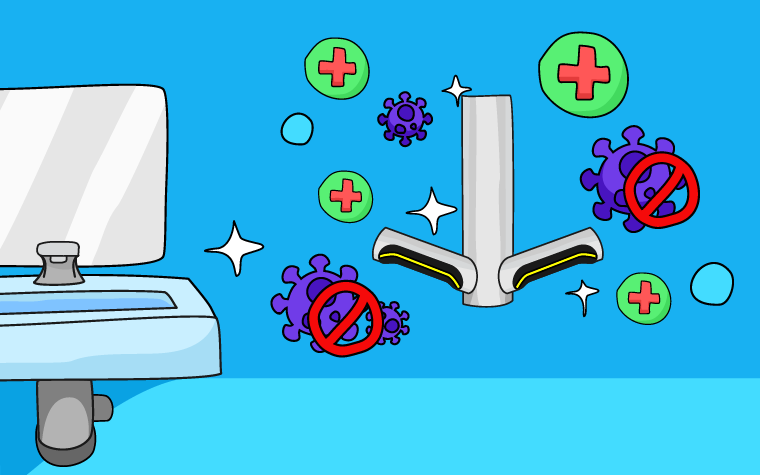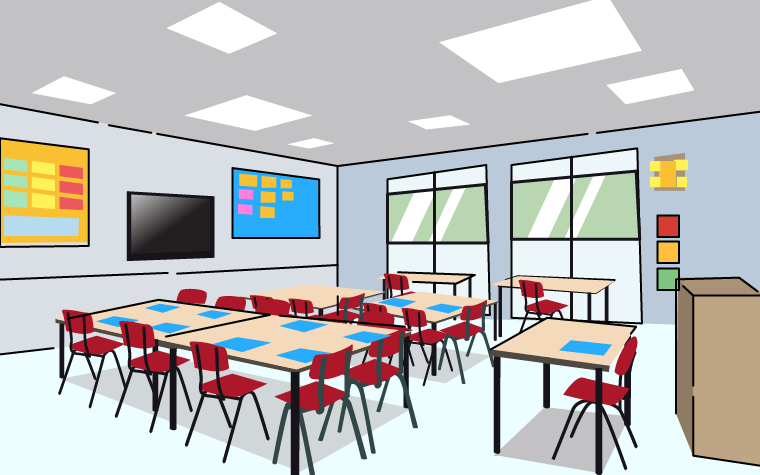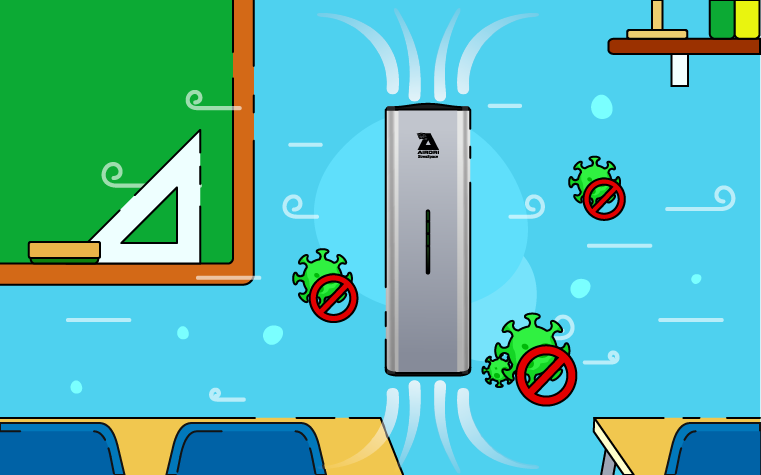What to expect when kids go back to school in September
In our latest blog we look at Government back to school guidance, how schools will need to adapt post-lock-down and how hygiene-boosting equipment could help.

There’s little doubt that when students go back to school after summer they’re sure to see some changes. With the coronavirus pandemic not yet over, the Government has published guidance to help schools re-open their doors and minimise the spread of the virus. This article discusses how schools might look post-lock-down.
Preparing to go back to school
In line with the Government guidance for re-opening, all year groups are expected to return to school full-time from the start of the autumn term so that society can “start to reverse the enormous costs of missed education”.
The series of measures to help teachers manage a safe transition back to school include:
- Robust hand and respiratory hygiene: washing hands more thoroughly and more regularly
- Enhanced cleaning: using a cleaning schedule to ensure frequently-used surfaces and washrooms are cleaned more often
- Reducing contact and maximising social distancing wherever possible: grouping children together in ‘bubbles’ and avoiding contact with other groups
- Actively engaging with the NHS Test and Trace programme
- Ensuring that staff or students with COVID-19 symptoms stay at home
- Wearing personal protective equipment (PPE), when necessary
Movement around the school itself should also be kept to a minimum with schools working to avoid busy corridors, entrances and exits.
Hygiene matters
As has been the case throughout the pandemic, hygiene continues to be an important factor against the spread of the virus. When students go back to school, they can expect seriously stepped-up hygiene. For example, they’re likely to have to clean their hands when they arrive at school, after breaks, when they change classroom, and before and after eating.
To enforce the new hygiene regime, schools will need to build this behaviour into their culture. Crucially, they’ll also need to ensure that they have adequate equipment, like mobile hand washing stations, in place to allow teachers and students to wash their hands when needed. These mobile stations can be the ideal solution for schools; teachers can locate them anywhere on site as they don’t rely on the main water supply. You also operate them by foot which eliminates any need for hand to hand contact!
Further hygiene-boosting equipment that schools might like to think about introducing could include air purifiers in school washrooms. These nifty gadgets work 24/7 to kill the germs and bacteria that appear in washrooms between cleanings. They destroy 98.11% of all airborne and surface bacteria and viruses, leaving your school washrooms as clean as possible.
Hand dryers are another important piece of kit when it comes to hygiene. If your school is using old-fashioned hand dryers or expensive paper towels, this could be the time for an upgrade! Models like the Dyson Airblade come fitted with a medical-grade HEPA filter which is proven to capture an impressive 99.95% of bacteria and viruses from the air in your washrooms. And with our Capital Free scheme, your school could upgrade to Dyson Airblades now without any upfront capital, using the running cost savings. You may even be able to release a surplus of capital which can be reinvested in to other areas of the school!
There’s no question that the school environment will look different for everyone this autumn, with schools having to adapt to the new circumstances. At Utility Rentals, we supply schools with a range of hygiene-friendly, energy-efficient equipment. Our flexible rental agreements have no upfront costs, so you gain immediate access to this equipment at the time you need it most!
Would your school like to discuss equipment to help with re-opening in September? Drop us a line today.
Tags
Similar Articles
Back to school: normality at last?
In this blog, we discuss how parents, teachers, and students feel about being back to school and a ‘normal’ routine after 18 months of disruption due to COVID-19.
4 ways to help students transition back to school after lock-down
In our latest blog, we look at some ways schools can help students transition back to school after lock-down to minimise any stress and settle them in.



